As we entered the grounds of the refuge, we came upon this group of birds: roseate spoonbills, ibises, egrets, and herons.
We stopped at the Discovery Center to learn more about the refuge and things to do here.
There are displays about the wildlife in the refuge and information about the hiking trails and auto loop tour.
First, though we decided to hike the 1.8 mile Big Slough Trail that begins behind the Discovery Center. The Big Slough is a 20-mile freshwater alluvial stream with slow moving water. A Picnic Shelter provides a great view of the area.
From the boardwalk across the Big Slough we saw this alligator in the water. We were told at the Discovery Center that she has about 20 babies in the area and can usually be seen here.
We continued to the trailhead.
We heard a lot of birds along the trail, but did not see many. Observation decks like the one shown below provide great views of the marshes.
After returning to the Discovery Center, we started the 7.5-mile Auto Loop Trail. The Discovery Center provides a CD free of charge that is to be returned when you complete the tour. Fourteen stops are marked along the road and corresponding narrative is provided for each stop on the CD. Here is a map of the auto tour.
There are 14 stops on the Auto Loop Trail and we stopped at each. On one side of the road is a fresh water marsh and on the left is a salt water marsh. Much of the freshwater wetland is managed through a complex system of ditches and water control structures to assure a resting place in a nutrient-rich habitat for migrant birds. Below are some of the sights along the route (gravel, well-maintained road).
Rogers Pond is mixed salt and fresh water. It supports up to 100,000 ducks in the winter and thousands of wading birds.
Beyond Rogers Pond is the Gulf Intracoastal Waterway. We would not have known it was there except for this large tug boat that we saw in the distance.
All of the birds in this quiz can be found at Brazoria NWR. How many can you get right?
We stopped at the Cox Lake Trail (.6 mi) that meanders through the salt cedars to the Maddox Monument marking the 1890 home of Roger Thomas Maddox. It was destroyed by hurricanes multiple times, but was finally abandoned after the one in 1915.
We always love visiting Wildlife Refuges, and Brazoria was no exception. The diversity of bird species here is fantastic. It is also the place to be during Monarch Butterfly migration in the fall (October-November). The refuge grows milkweed (the only food monarchs eat) in a greenhouse and transplant them to support the habitat needed by the Monarchs. An annual migration of Monarchs can span four generations (one butterfly does not make the entire trip), but habitats in wildlife refuges enable them to continue to thrive.
We picked up information about the nearby San Bernard NWR and plan to visit it next. These refuges are about 60 miles southwest of Houston and are a great place to for a hike, picnic, or birdwatching.
There is no admission fee and leashed dogs are permitted on trails. For additional information about fishing and hunting in the Mid-Coast Texas Refuges, check out their website (www.fws.gov/refuge/brazoria).
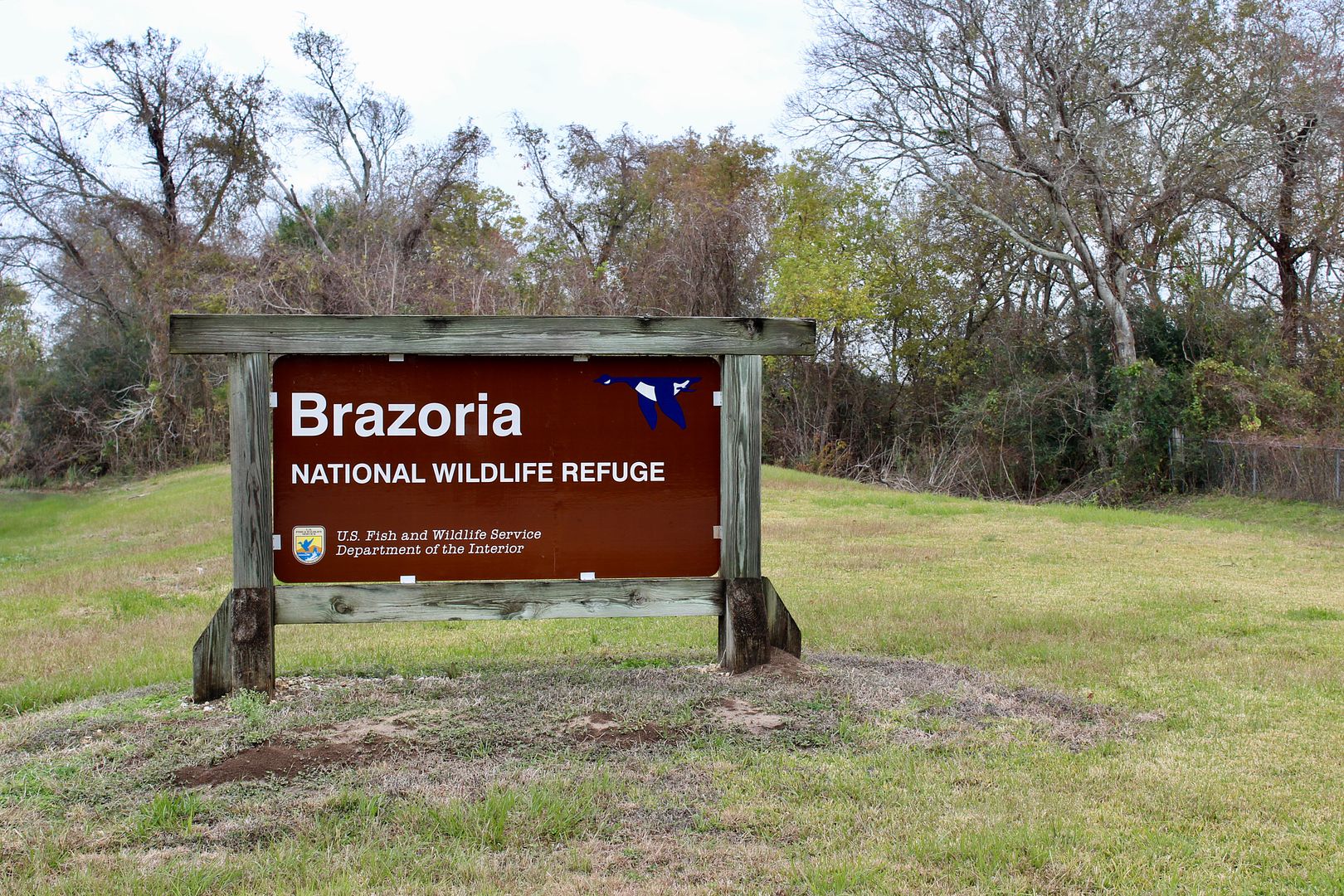
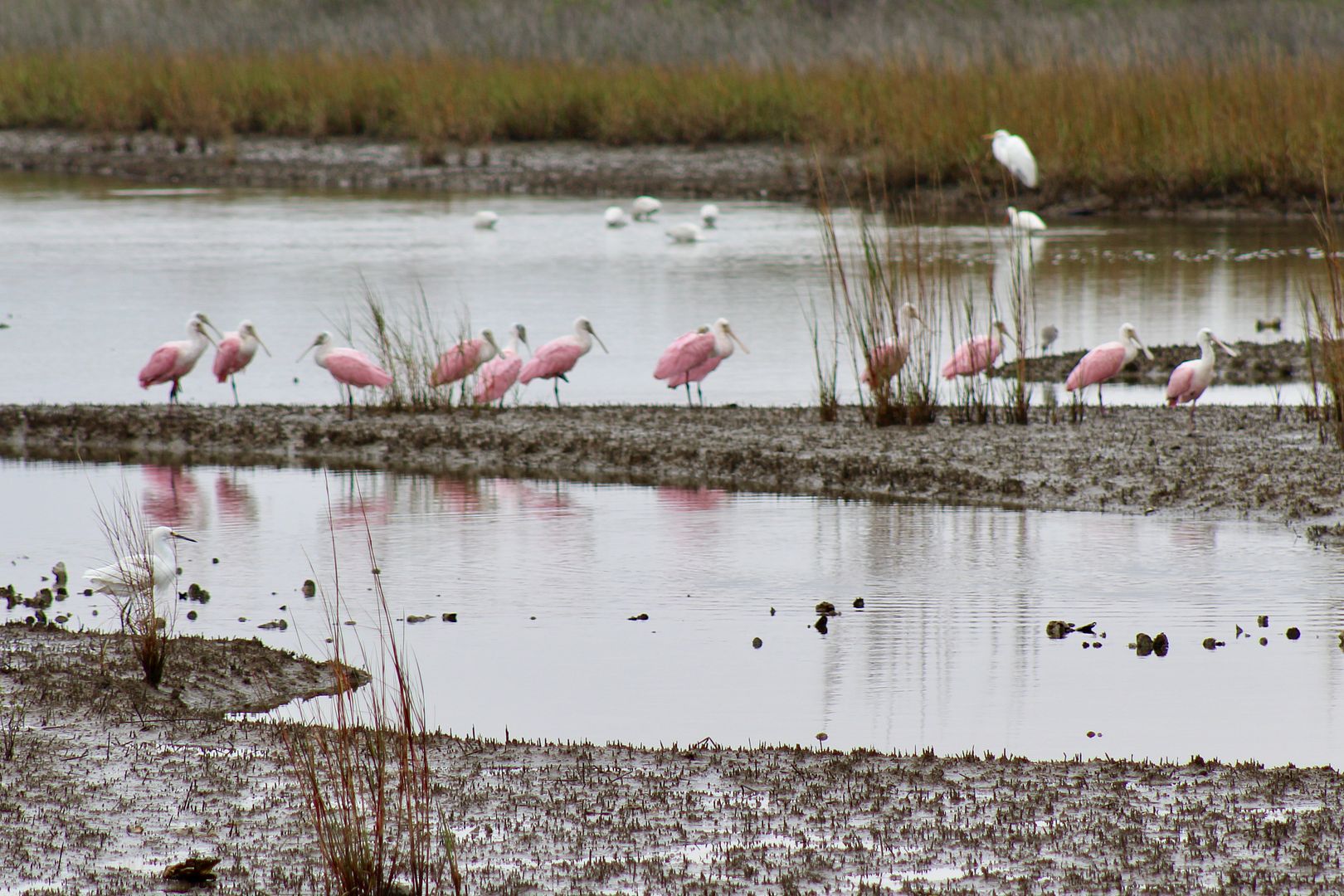

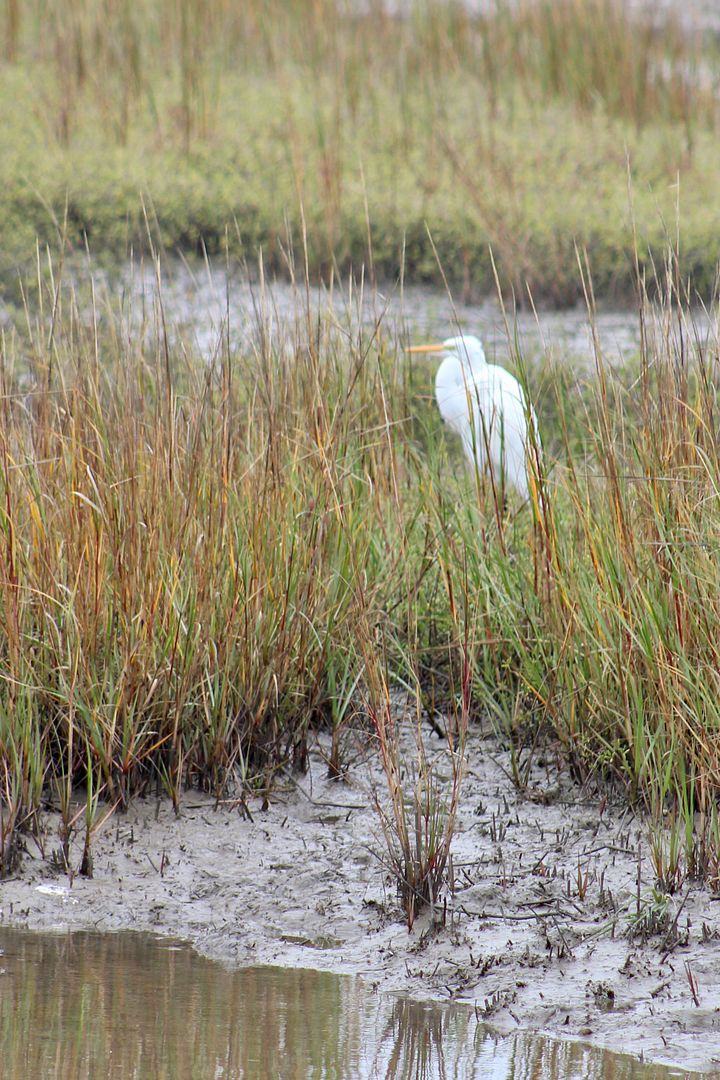

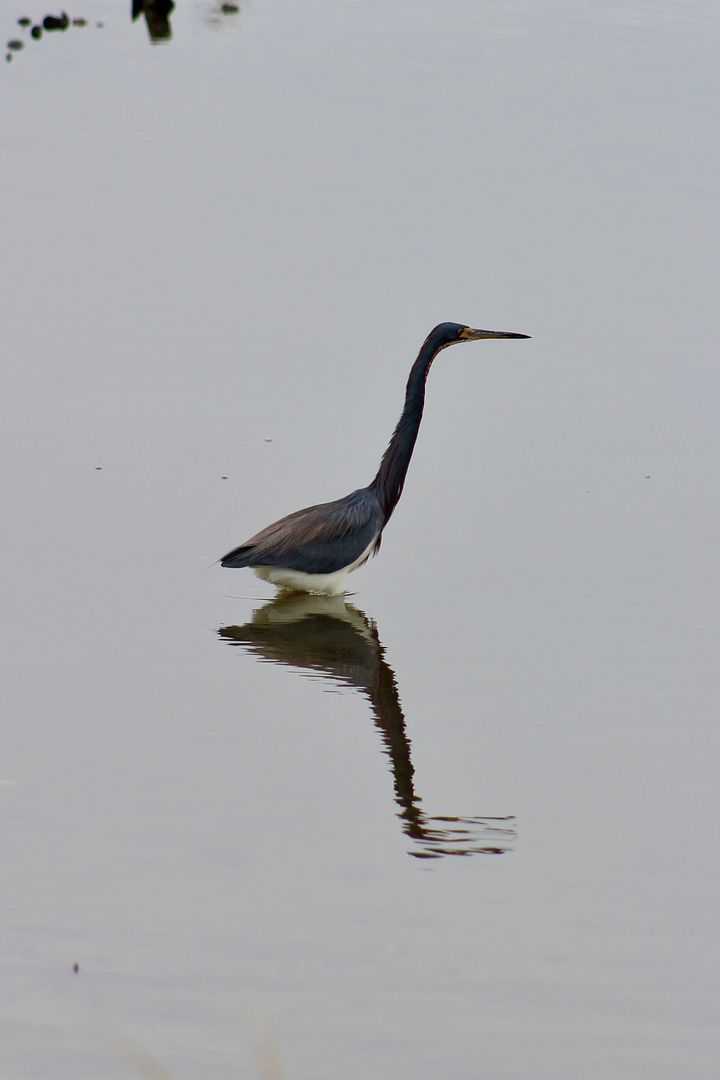
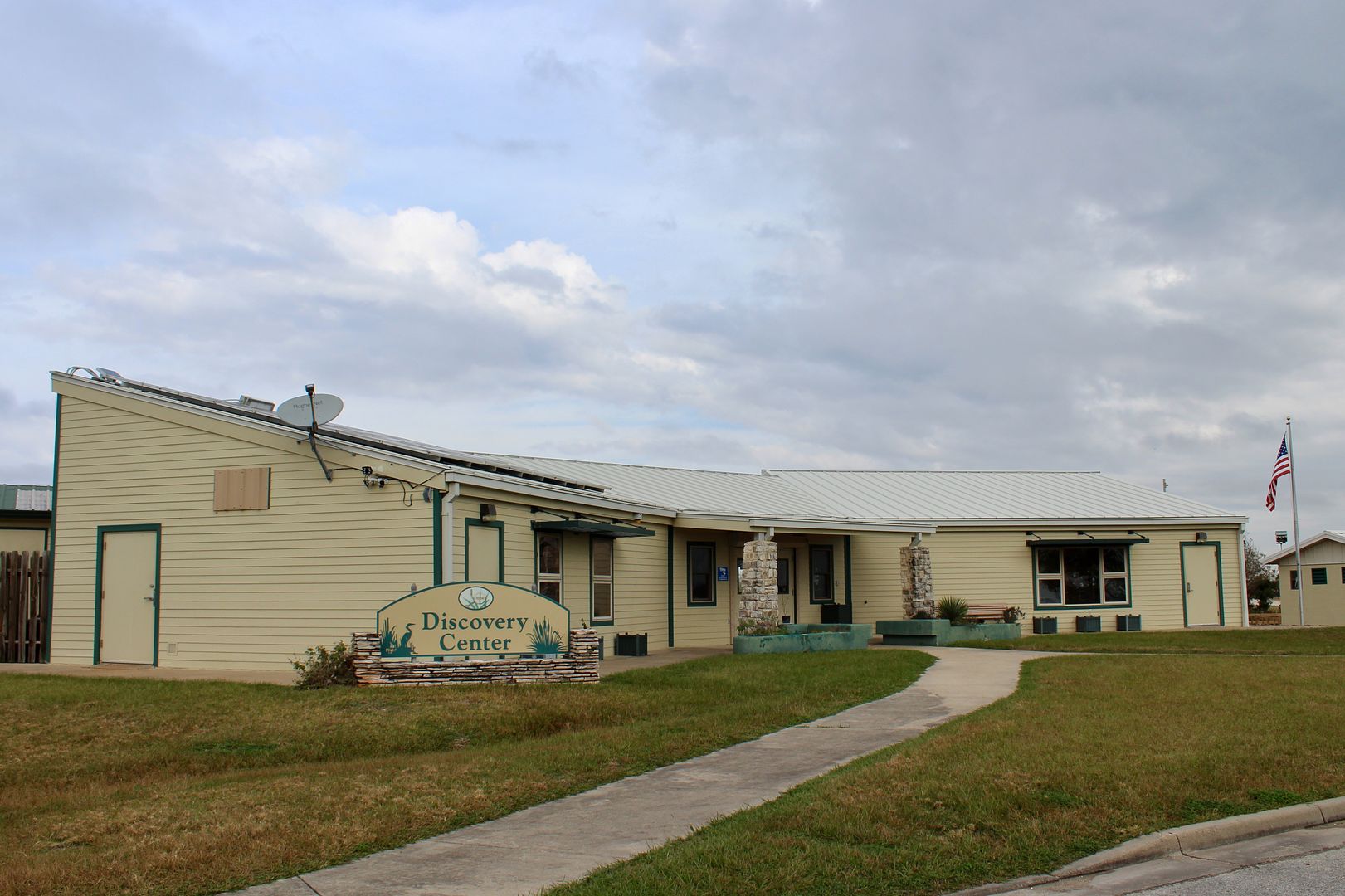




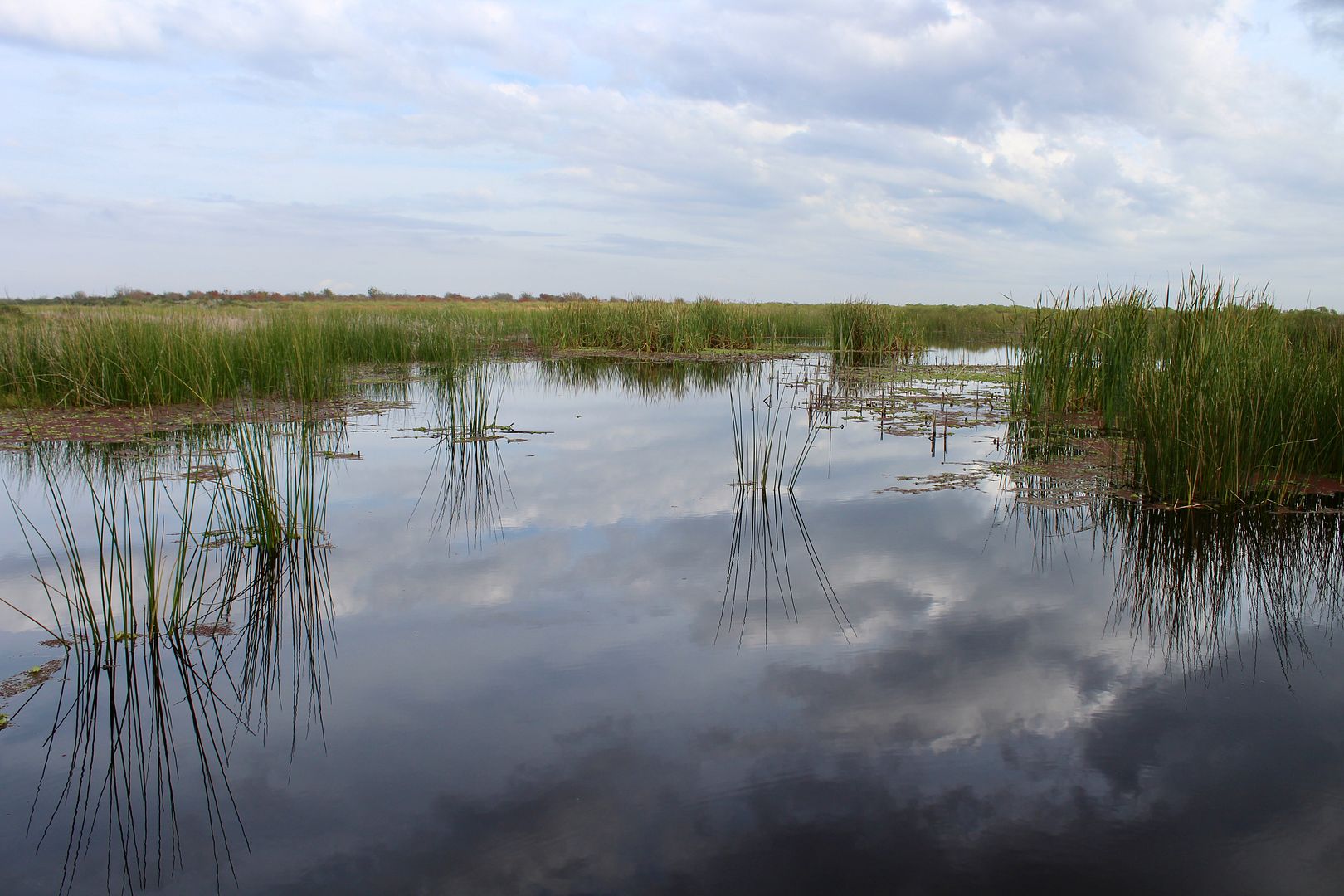
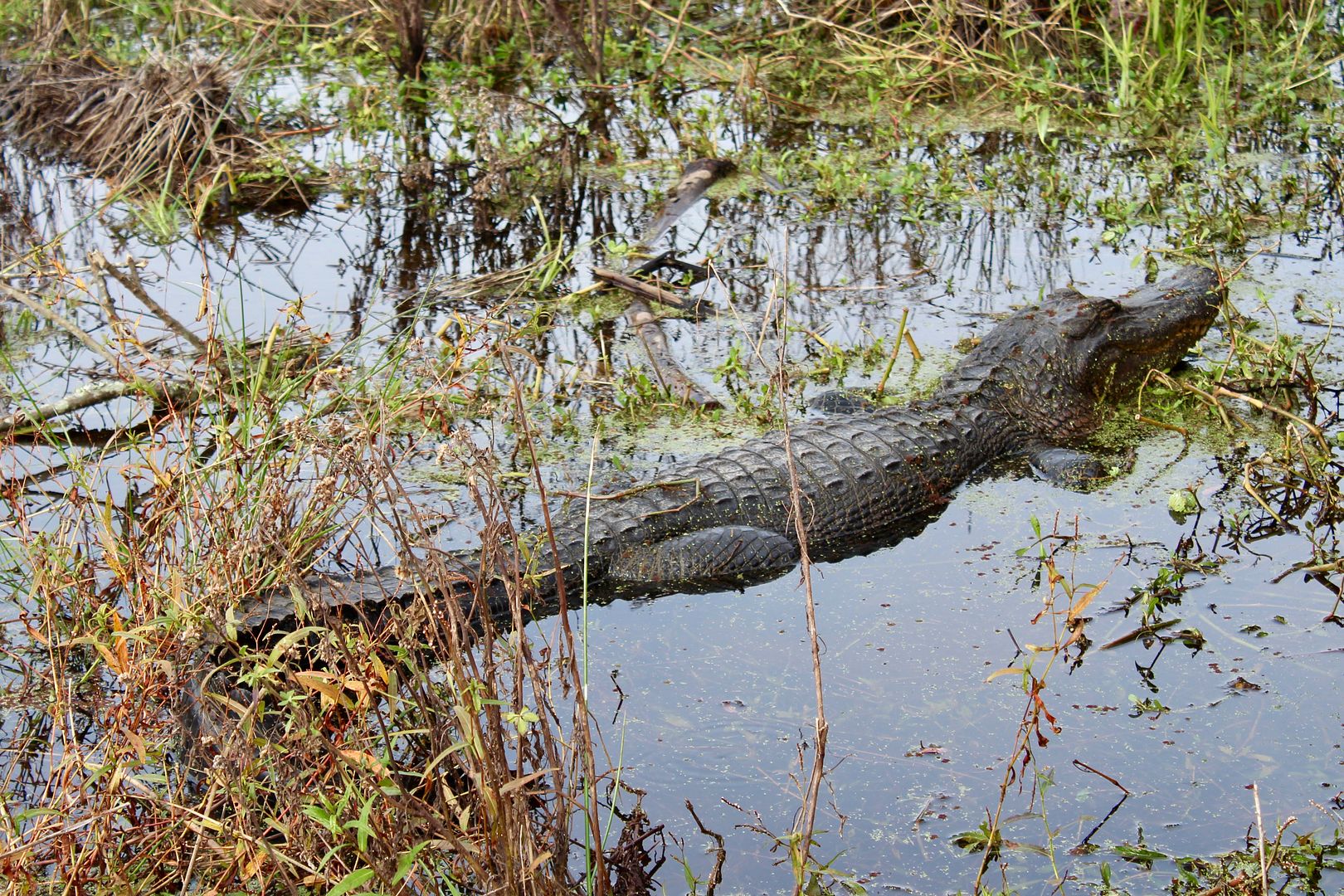
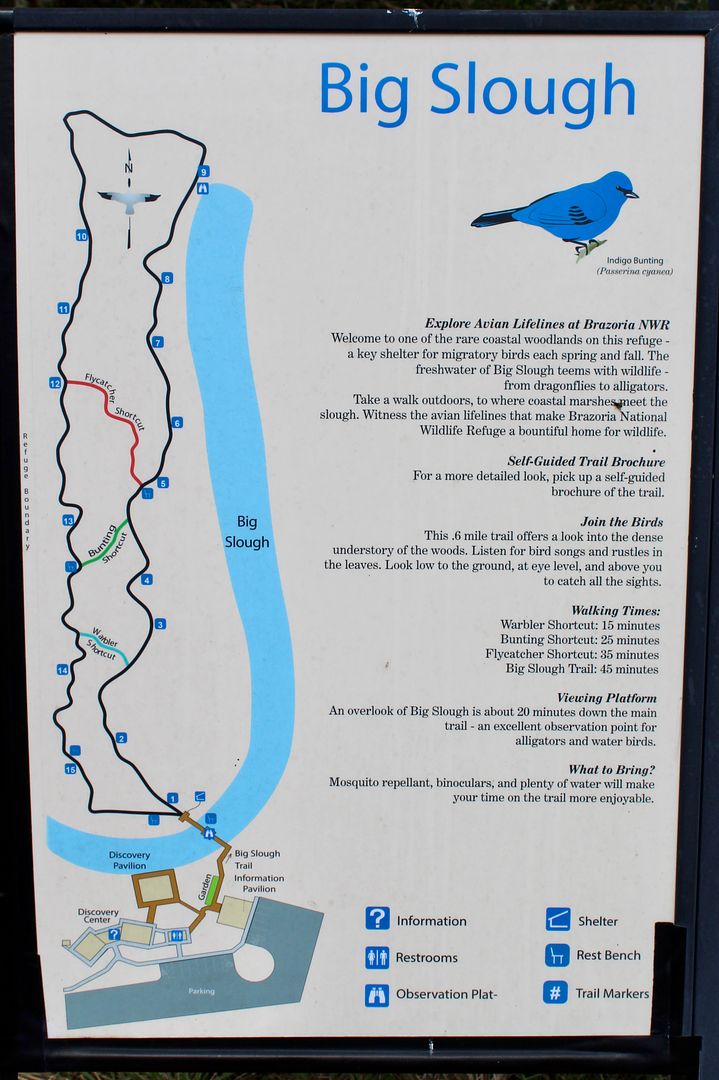
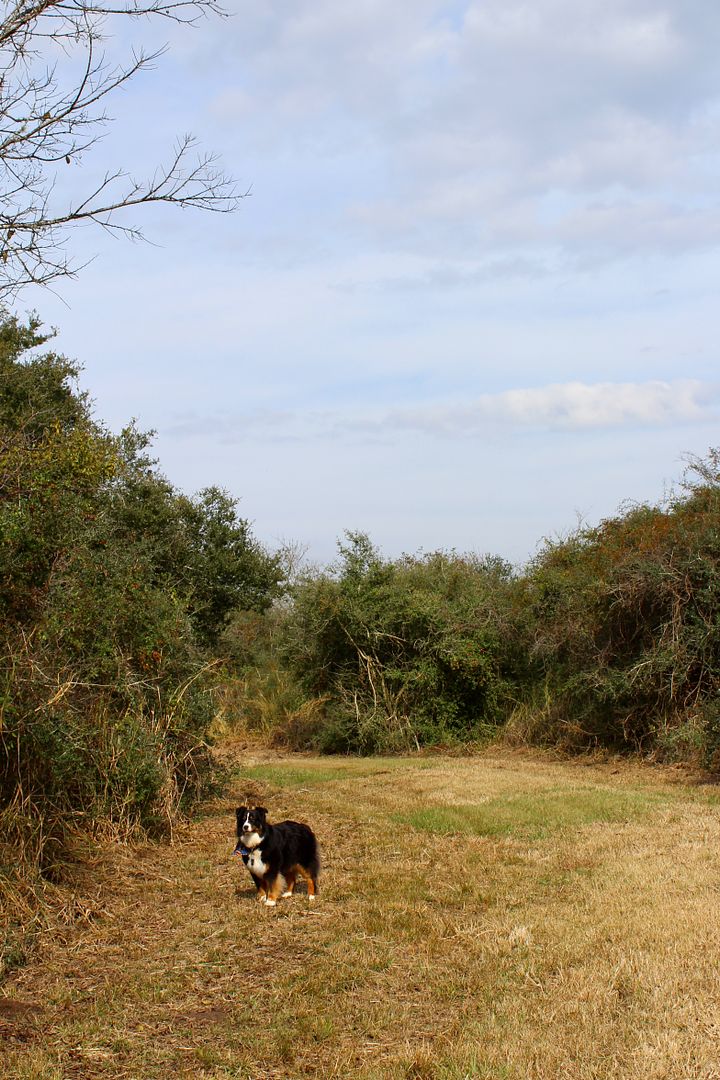

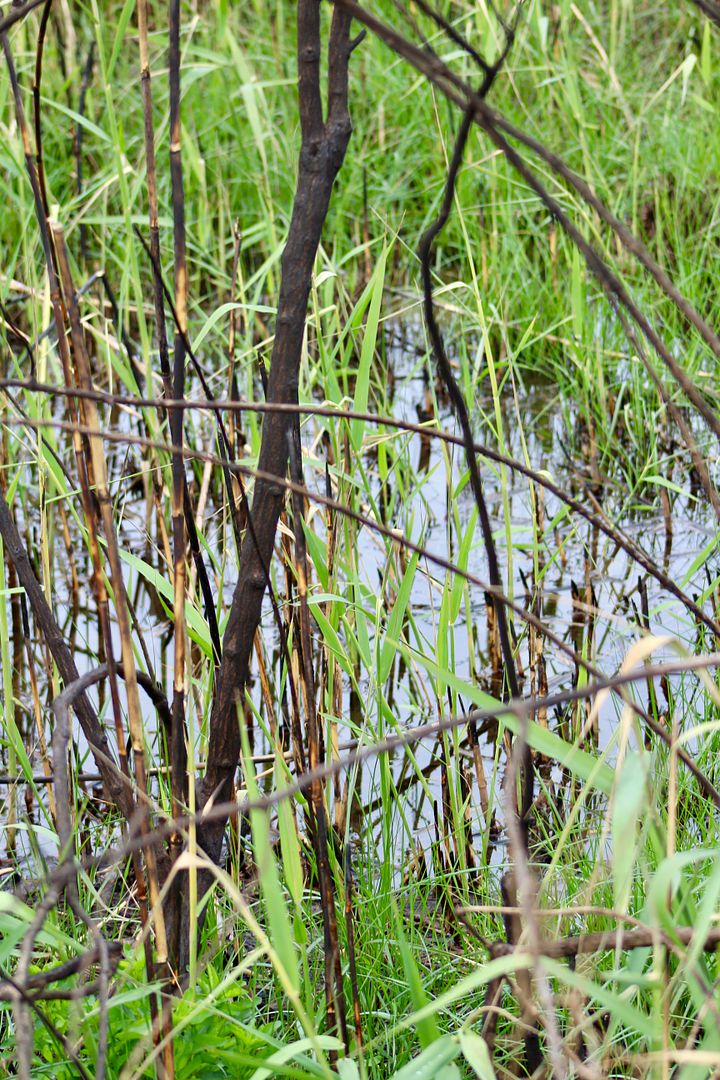

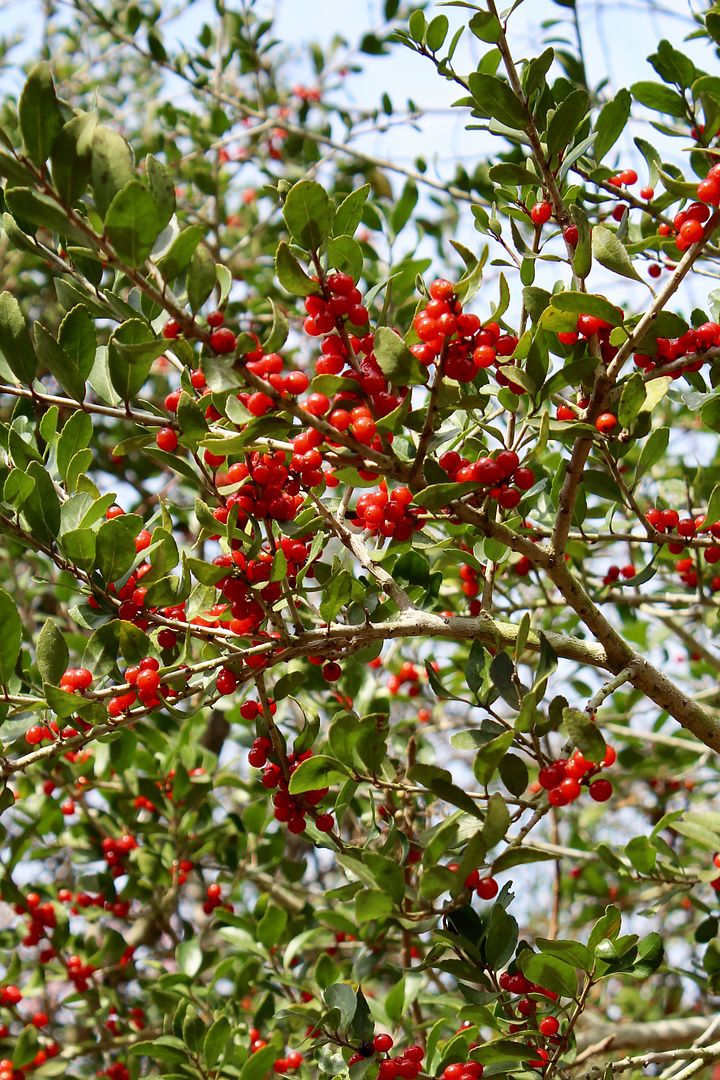
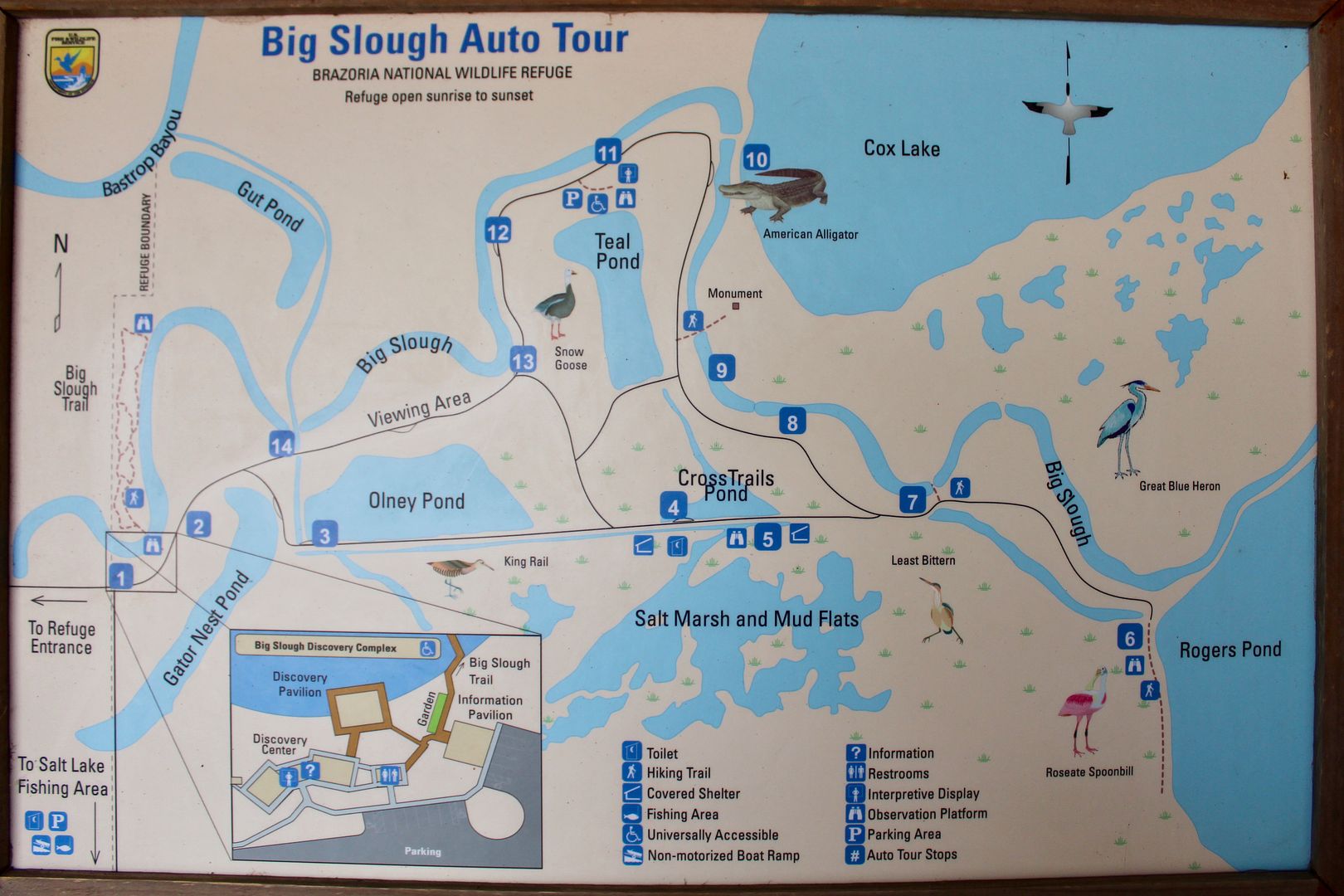
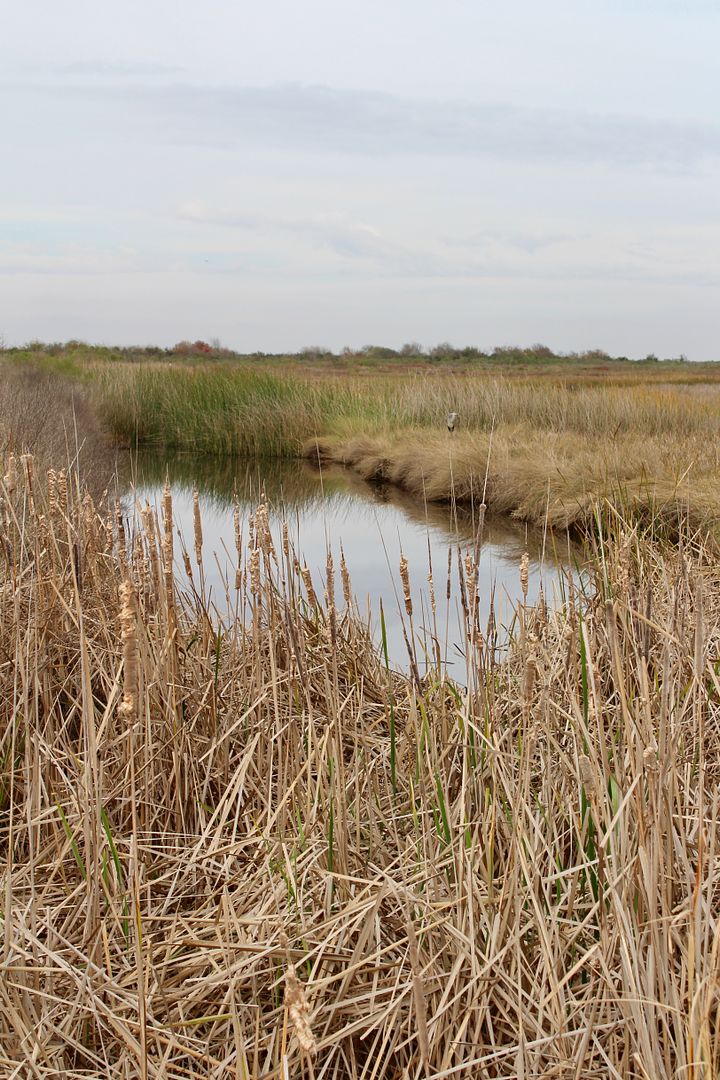

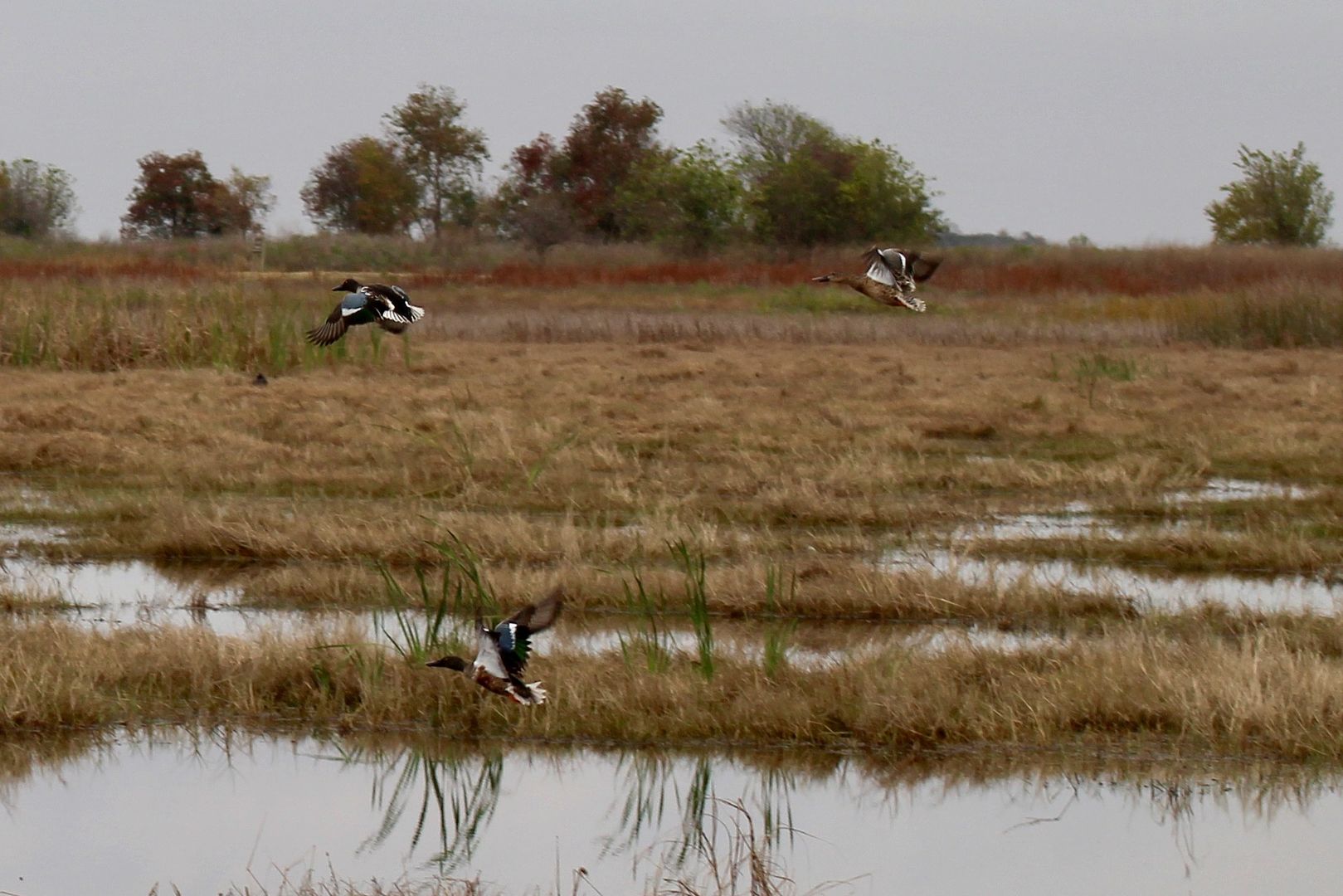
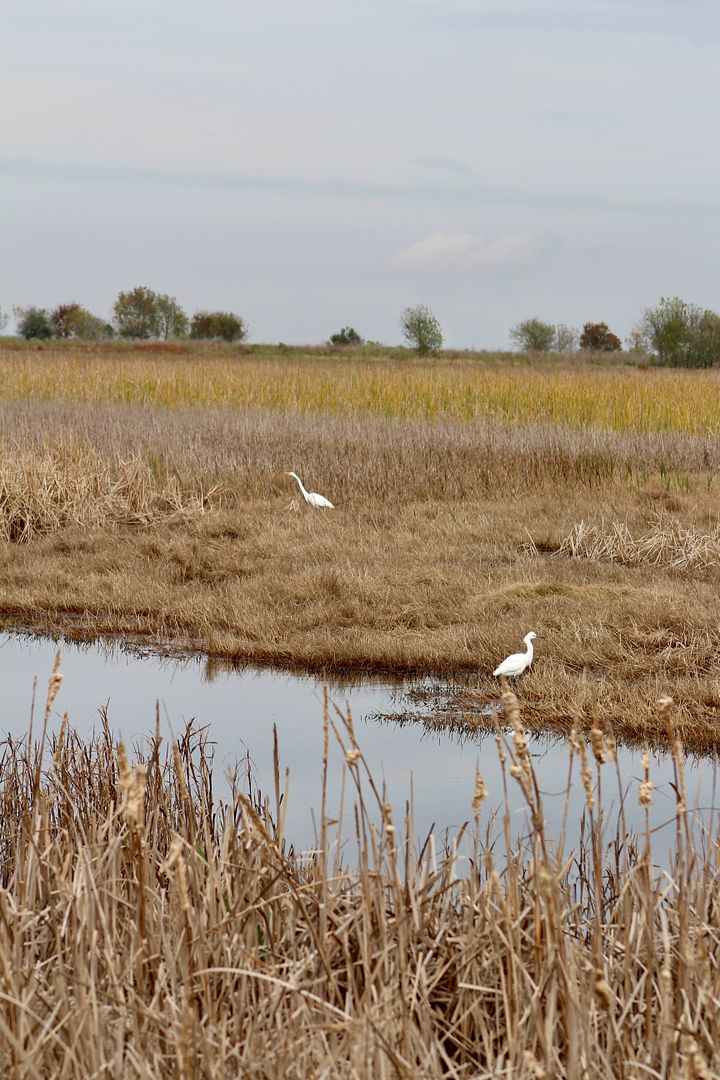
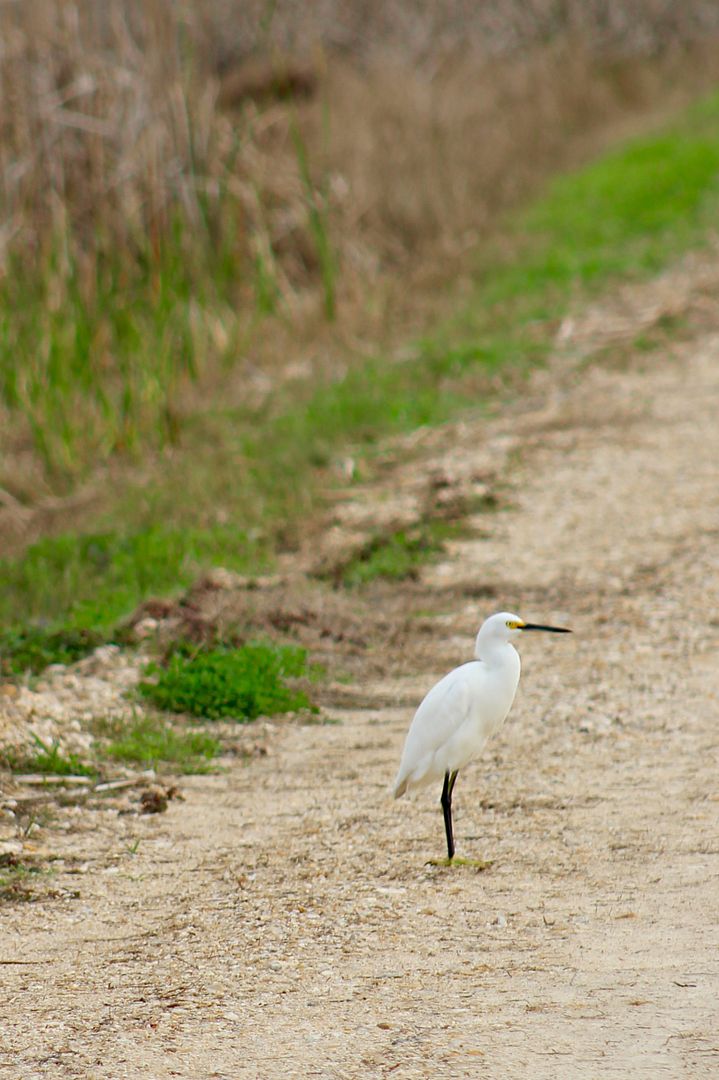


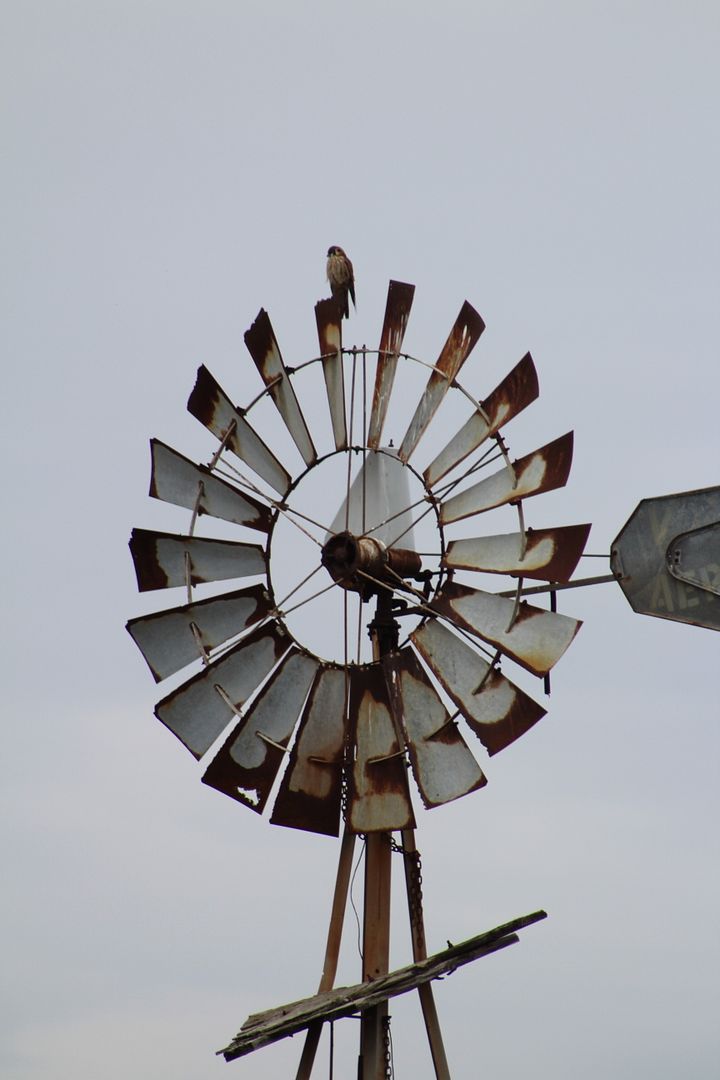


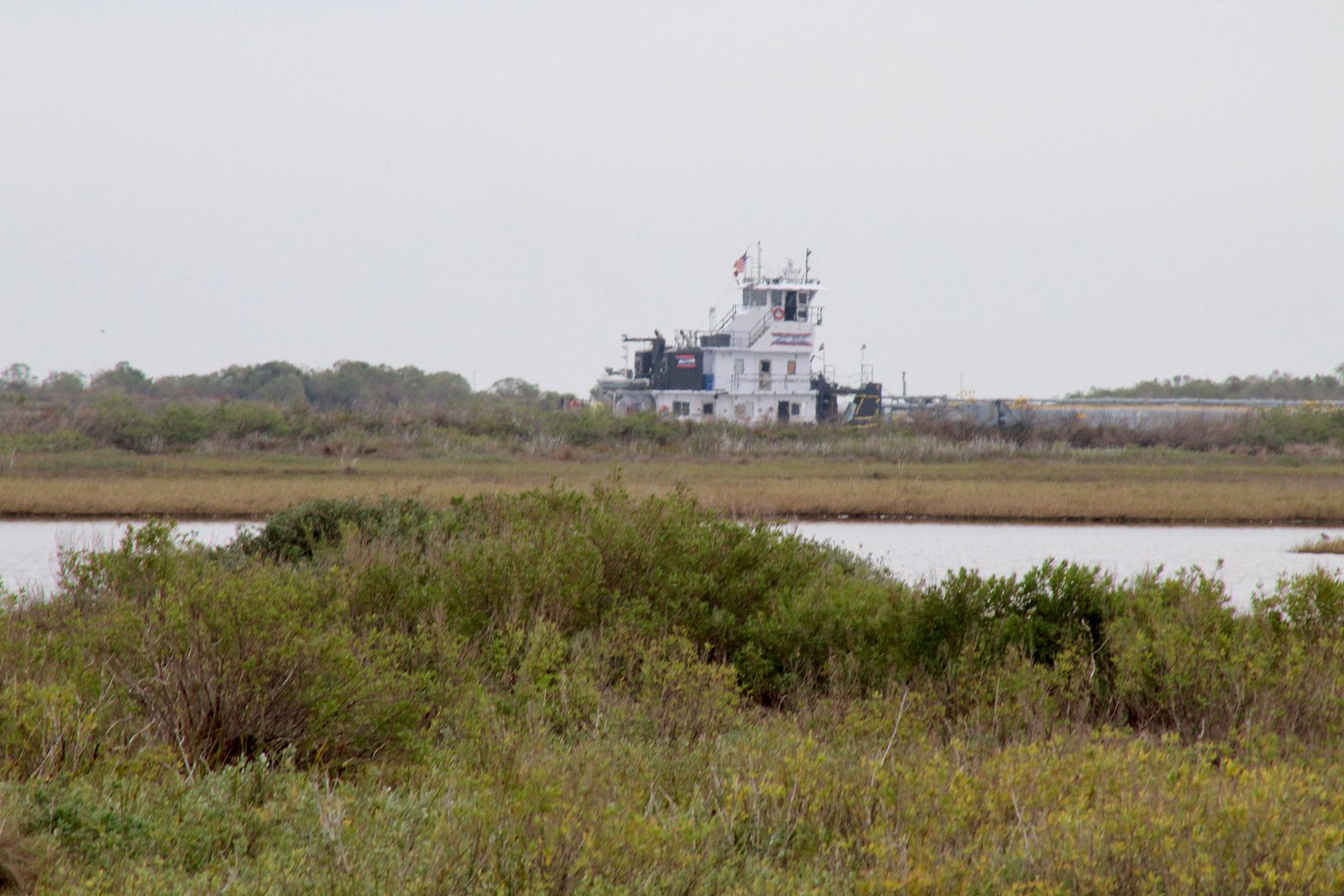
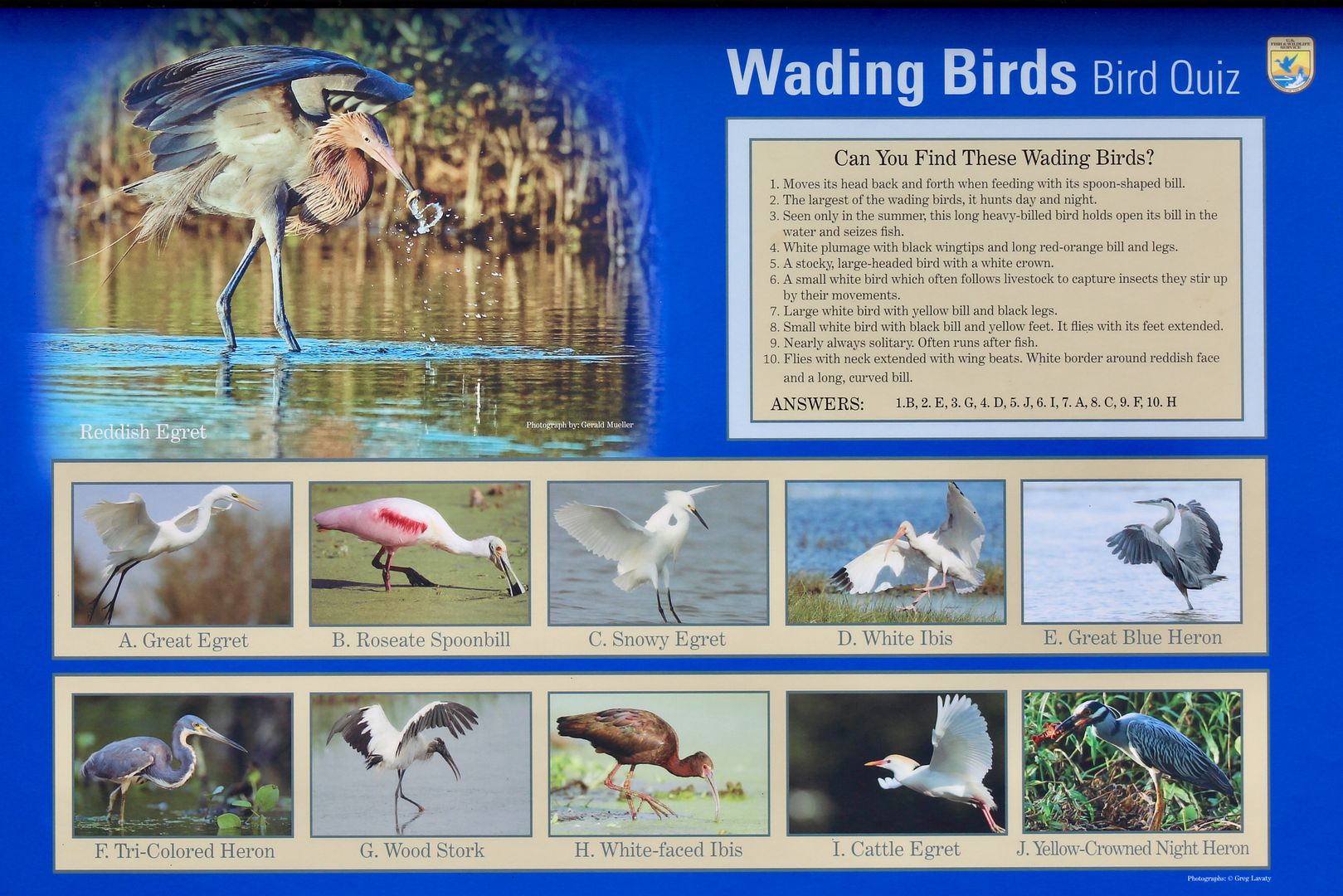

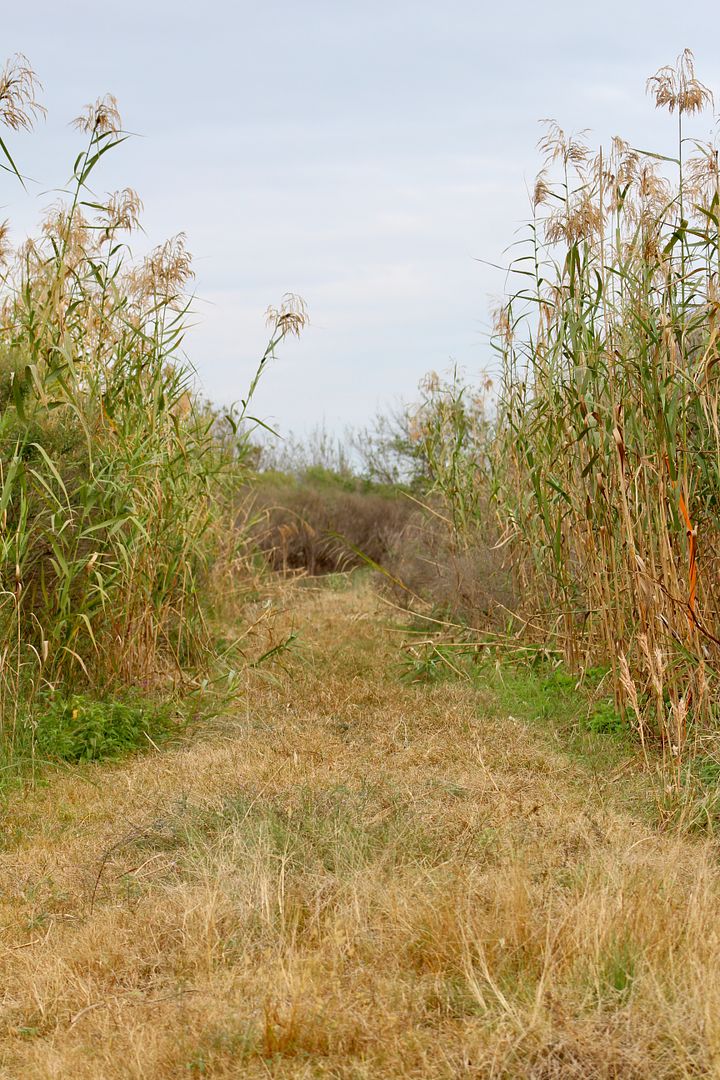
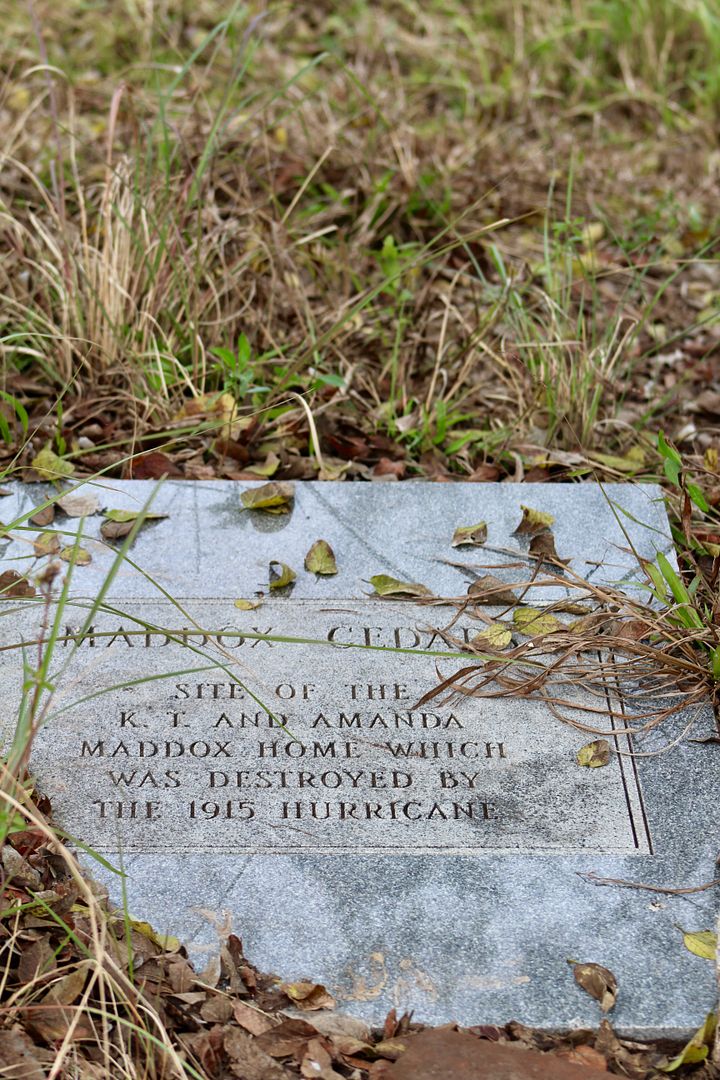

No comments:
Post a Comment